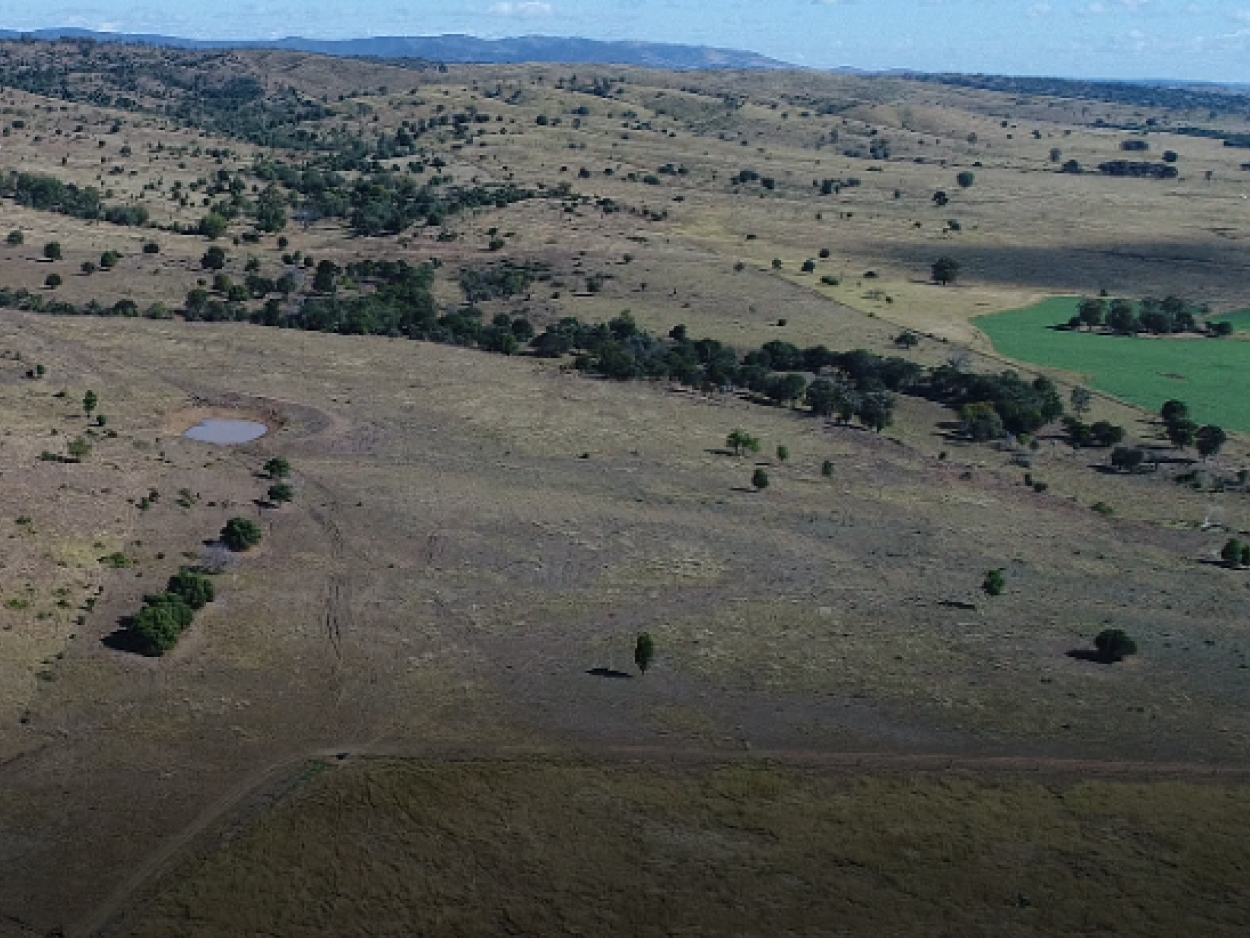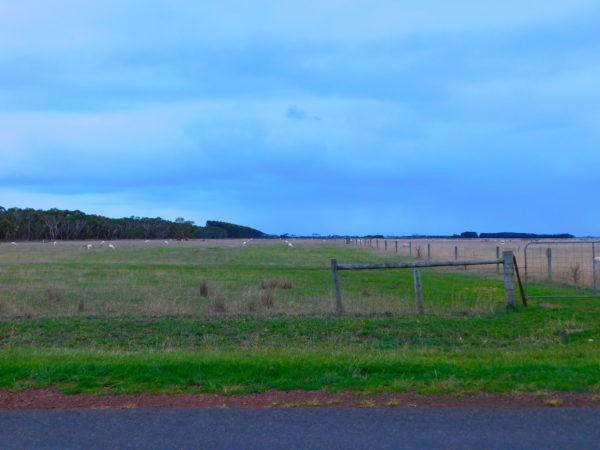Using electric fencing for grazing management and conservation projects
Thirteen graziers and Landcare groups in six states are beneficiaries of the inaugural Gallagher Landcare Fencing Grants. We received over 80 applications for projects that align with improved grazing management and/or conservation outcomes.
The successful grant recipients are undertaking their projects using a combination of in-kind electric fencing and monetary support from Gallagher, with all projects leading to tangible environmental or sustainable agriculture outcomes.
Examples of grazing management projects include using electric fencing for pasture management techniques or using permanent or portable systems to subdivide paddocks for more effective grazing, keeping the grass fresh, short, high in energy and palatable which ultimately leads to increased milk and meat production.
Fencing to land type

Landsend is a 661acre commercial beef property in Central Queensland
One successful grant recipient conducting a grazing management project is Landsend; (pictured above) this 661acre commercial beef property is located in Central Queensland. Since 2009, Jason and Hannah Seth have been working to restore the former cotton/cattle farm to a healthy, sustainable and productive beef property through the use of rotational grazing, improving soil health, reducing erosion, selective breeding and developing the property further with long term environmental sustainability in mind.
They will be using the grant to fence Landsend into manageable areas based on land type, pasture and grazing trends. Their goal is to lead by example and demonstrate the importance of using effective electric fencing products, construction and design to improve the land, pasture and business while reducing negative environmental impacts such as erosion, pasture die back and weeds.
Conservation fencing projects will involve installing exclusion fencing to help reduce threats to valuable native plants and animals. These threats include browsing or trampling by herbivores (including stock, rabbits, deer or kangaroos) and preventing damage from people.
Baas and bandicoots predator proof paddock

A flat 3.4 ha ewe lambing paddock contains the last public land population of bandicoots in the local area

Southern Brown Bandicoots are a Threatened Species
Basalt to Bay Landcare Network in Victoria is one of several organisations that received a Gallagher Landcare Fencing Grant for a conservation fencing project. They’re using the support and in-kind fencing to increase breeding success of Southern Brown Bandicoots in the St Helens area and to build a secure habitat for future releases of individuals from other populations.
Southern Brown Bandicoots are a Threatened Species and the site for this project, a flat 3.4 ha ewe lambing paddock, contains the last public land population of bandicoots in the local area. Conservation desire to increase bandicoot’s range of habitat on private farms is prevented by a lack of sites where farm production and bandicoots have been proven to benefit together from predator fencing.
The focus paddock was originally part of a reserve until the early 1950s and it has been low intensity managed using organic fertiliser. Stock fencing is present but continually damaged by kangaroos egressing in and out of the reserve.
The project encompasses fencing a predator proof multi-use farm and conservation paddock. By implementing their project, the Landcare Network will demonstrate to farmers that they can establish small predator proof paddocks for high value conservation AND farm assets with the same Gallagher electric fencing systems. With the aim of protecting bandicoot populations and increasing high value lambing stud ewes’ protection, they hope to confirm this method as the model for adopting threatened species in a farm context across Australia. View video about this fantastic project:



